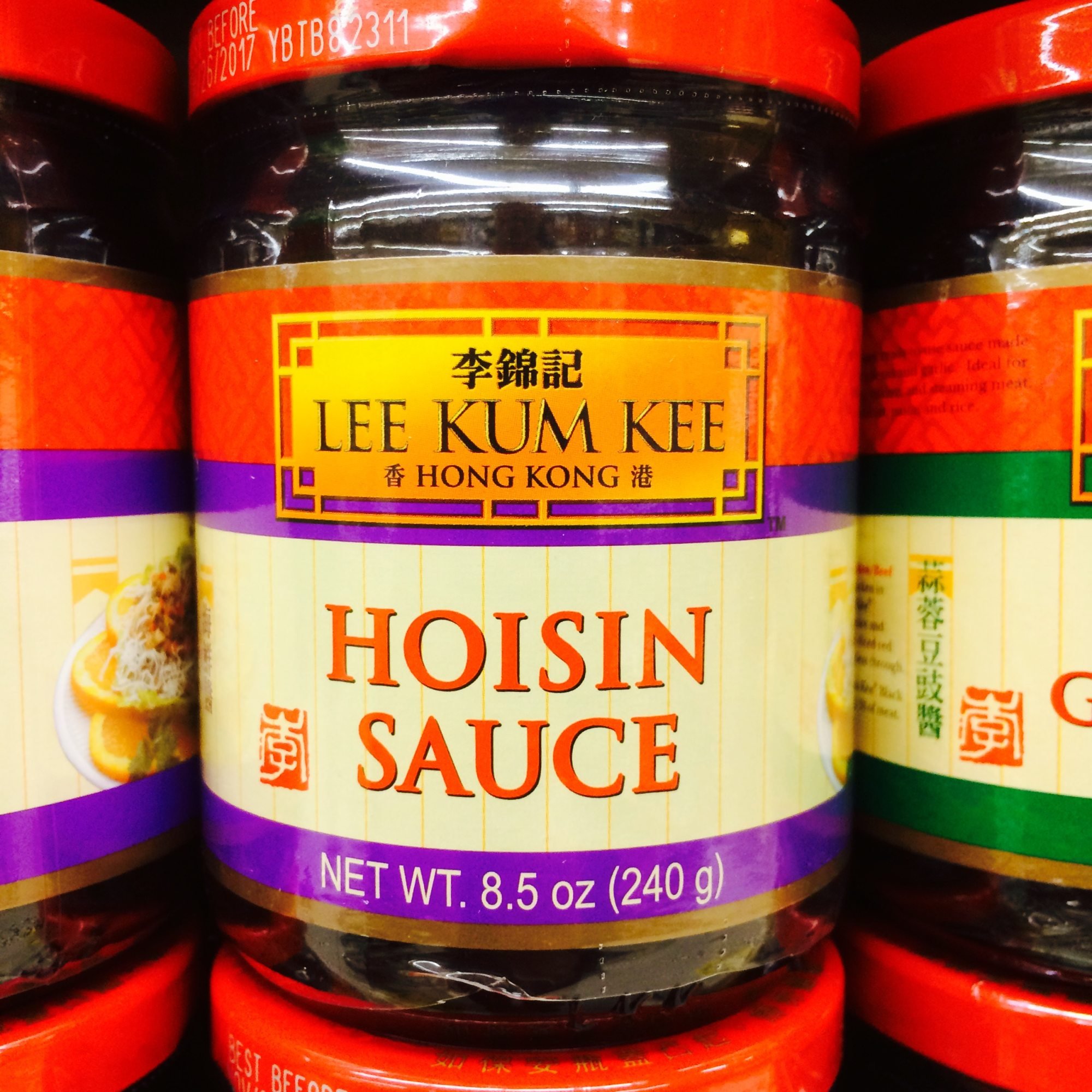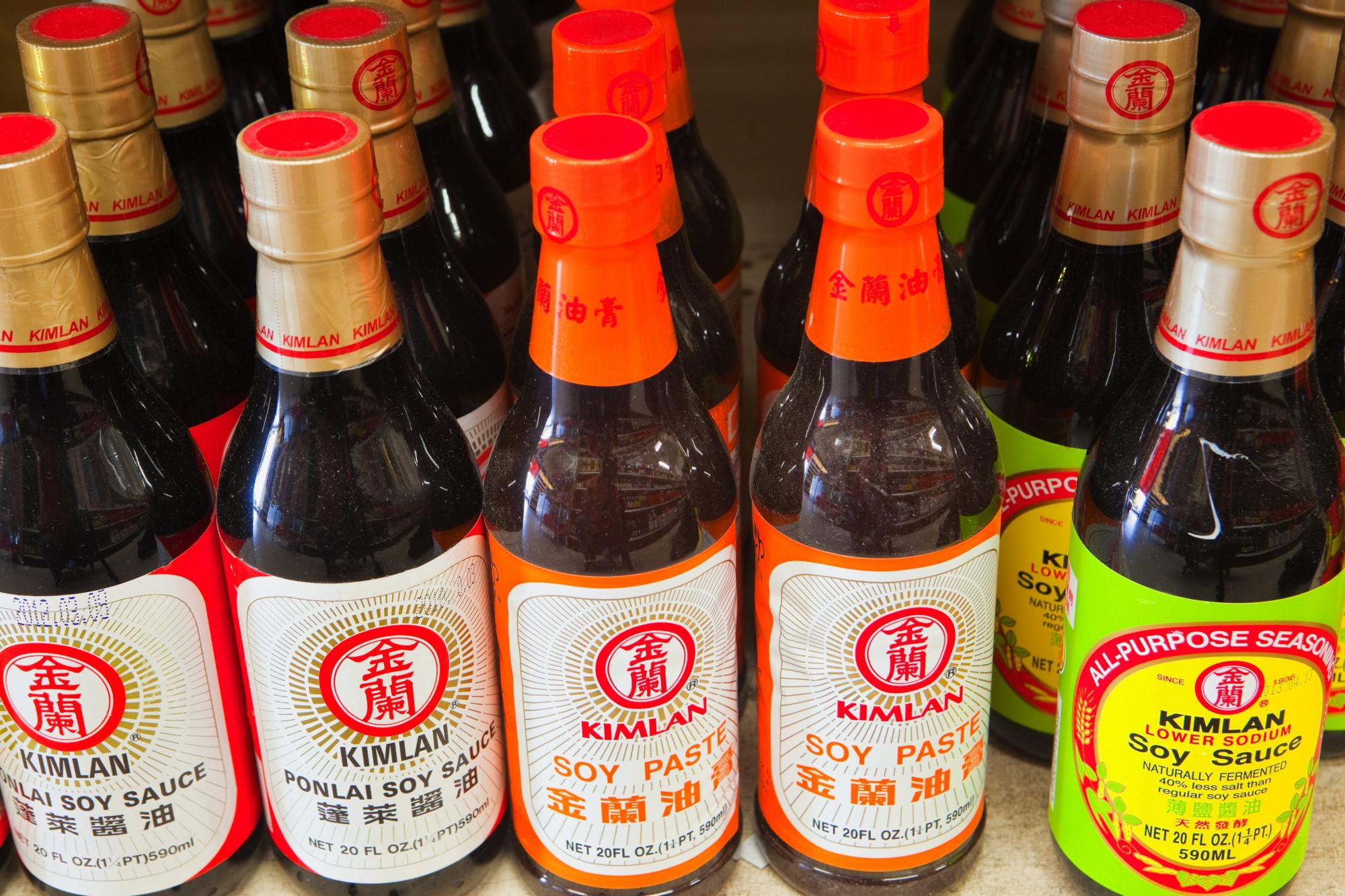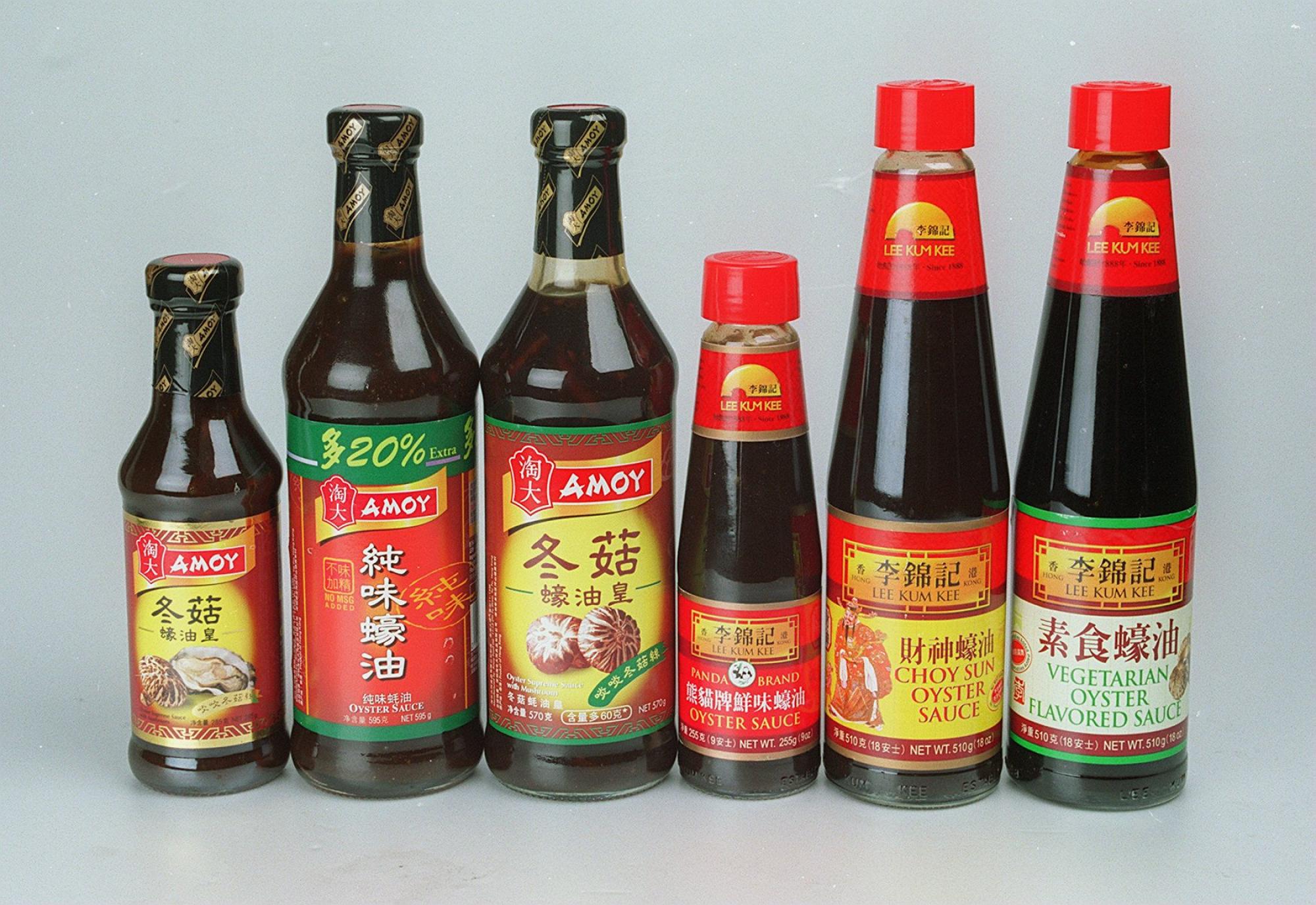Now I have many of these jars taking up way too much space in my fridge. Some mysteries remain, though. For example, hoisin sauce literally means seafood sauce, but it’s neither made from seafood nor used for seafood.

A spoonful or two can add much to the deep, complex flavours of stir-fried meats and vegetables. Best of all, nobody considers it cheating.
Part of mastering Asian cooking is knowing how to use these instant flavour bombs.
Beyond Guangdong, other Chinese regions have their preferences, like Sichuan’s mala chilli oil and Chiu Chow’s shacha. In Southeast Asia, fish sauce is the elixir of choice.

You can actually make a proper char siu marinade from other sauces. Simply combine some hoisin, red fermented bean curd, oyster sauce, soy sauce, a splash of Shaoxing wine, five spice powder, garlic, honey and brown sugar. That’s the true ragu to authentic char siu.

Now I dare to use my Chinese jars of sauce in Western dishes too. Recently, I made a Caesar salad dressing with dried shrimp paste. I was short on anchovy fillets, so I grabbed my pungent – some say stinky – fermented fish condiment. Like anchovies, it’s salty, briny, and fishy. Why not substitute it for Mediterranean anchovies in a garlicky Caesar?
Guess what – it kind of works!
Next I am going to experiment with replacing tahini in my hummus recipe with the Chinese sesame paste I use for Sichuan dan dan noodles. To my mind, the only difference is that tahini usually has some olive oil. I think I just need to dilute the thicker paste.
Who needs fancy gourmet markets when I have the local sauce aisle in Wellcome supermarket?

